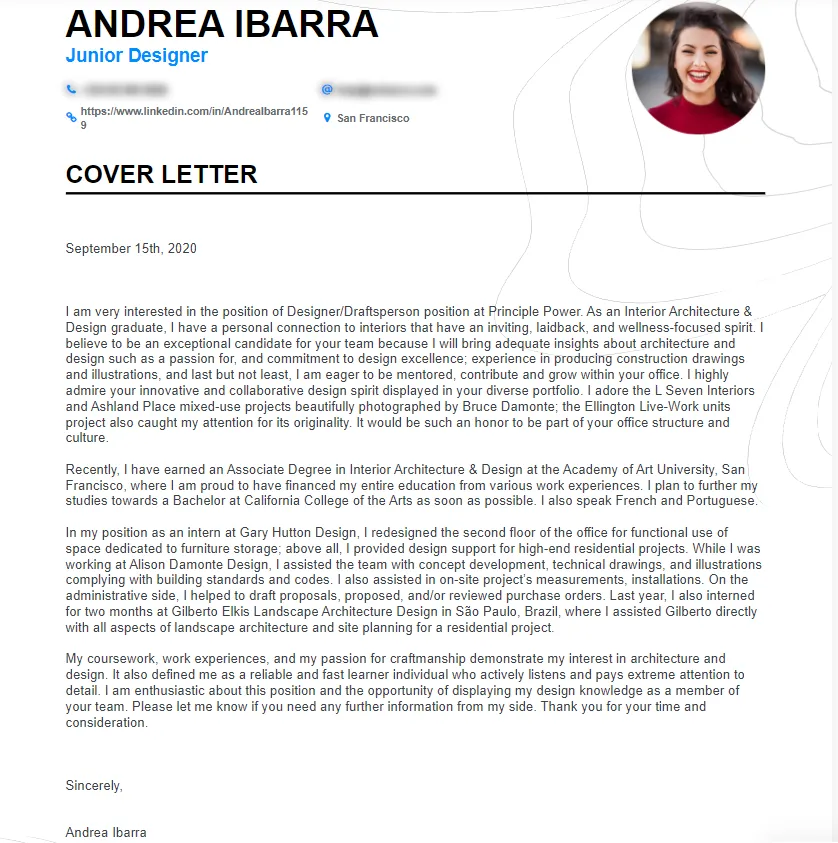Cover Letter Length The Quick Answer
In the competitive world of job applications, every detail matters. One of the most frequent questions job seekers have is how long should a cover letter be. The answer is not a simple one, but the general consensus is a single page. However, understanding the nuances of cover letter length can significantly impact your chances of landing an interview. This guide will delve into the ideal length, why it matters, and how to ensure your cover letter effectively communicates your value to a potential employer. The key is to strike a balance between providing enough information to capture interest and keeping it concise and easy to read. Remember that a well-crafted cover letter is your first opportunity to make a great impression and set yourself apart from other applicants.
The Ideal Cover Letter Length
The sweet spot for cover letter length is typically between 250 to 400 words, spread across one page. While there are exceptions, adhering to this guideline ensures that you provide enough detail without overwhelming the reader. Aim for a cover letter that is easily scannable and highlights your key skills and experiences relevant to the job. A lengthy cover letter can be a deterrent, as busy hiring managers may not have time to read through multiple pages. Prioritize the most important information, and use clear, concise language to convey your qualifications and enthusiasm. Keep in mind that the goal is to get your foot in the door, and a brief, impactful letter is more likely to achieve that than a long one.
Why Cover Letter Length Matters
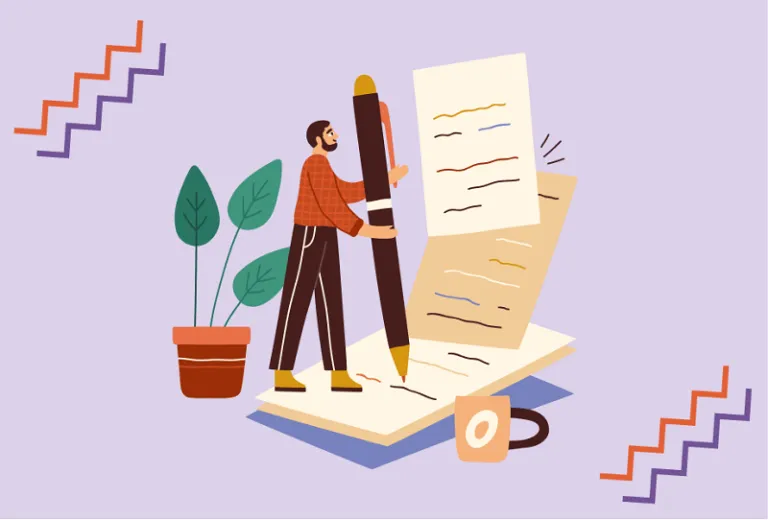
Cover letter length is crucial because it reflects your ability to communicate effectively and succinctly. A cover letter that is too short may not provide enough detail to showcase your qualifications, while a cover letter that is too long risks losing the reader’s interest. Hiring managers often have to review numerous applications, so they appreciate a cover letter that gets straight to the point. A well-structured and concise cover letter demonstrates that you respect their time and can prioritize information. Moreover, the length of your cover letter can also reveal your attention to detail, organizational skills, and understanding of professional communication norms. In today’s job market, making a positive first impression is more important than ever.
Factors Influencing Cover Letter Length
Several factors can influence the appropriate length of your cover letter. The specific job and industry can dictate the level of detail required. For instance, a technical role might require more specific examples, while a creative role might benefit from a slightly more narrative approach. Your level of experience also plays a role; experienced professionals may need to highlight more achievements, while entry-level candidates might focus on transferable skills and enthusiasm. The company culture also influences the tone and length. Some organizations prefer a more formal approach, while others value a more conversational style. Always research the company and tailor your cover letter accordingly to align with their expectations and values. Analyze job descriptions to determine the essential requirements and tailor your content to meet them effectively.
Cover Letter Content and Word Count
Header and Contact Information
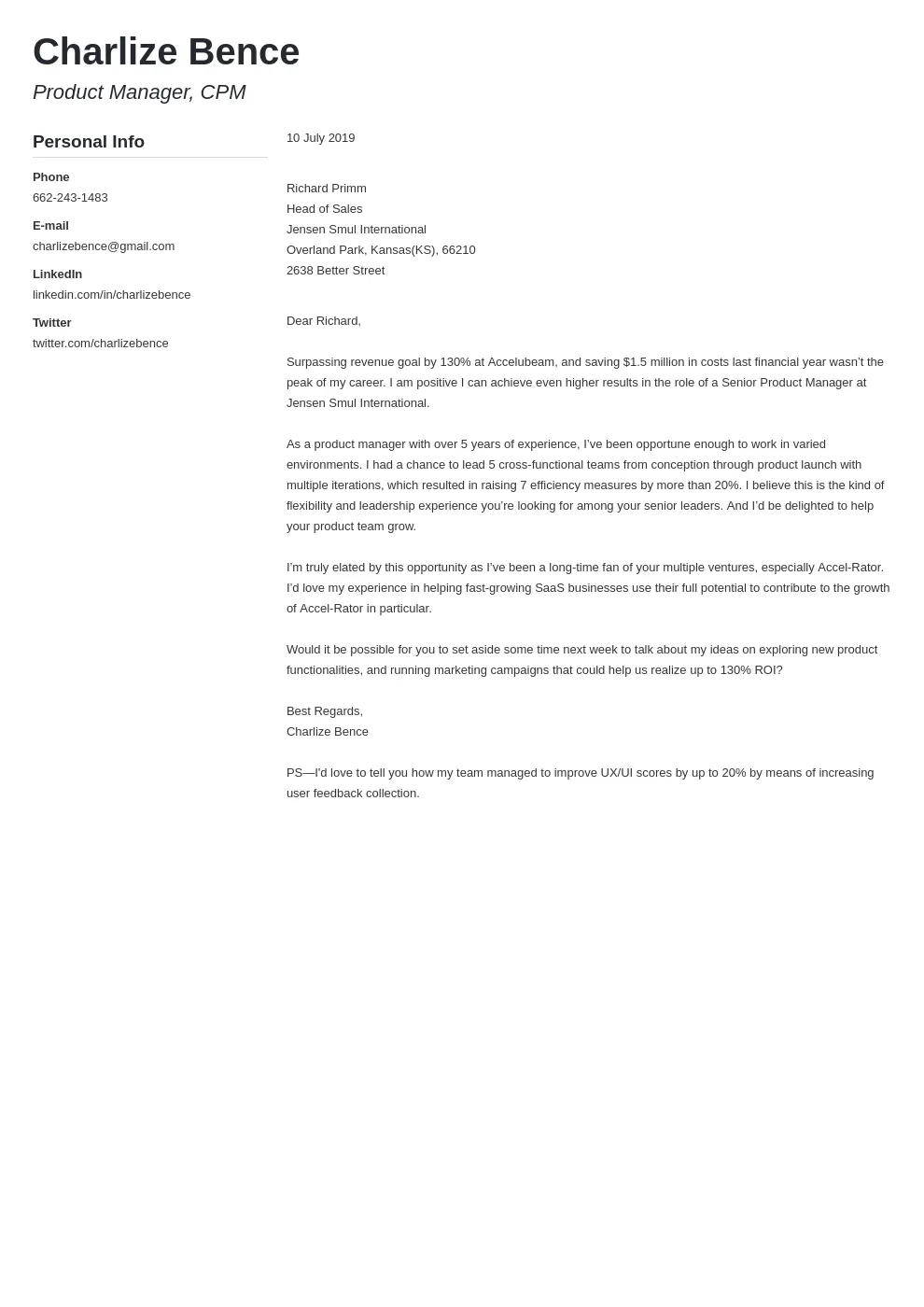
Your cover letter should begin with a header that includes your contact information and the date, followed by the hiring manager’s name and the company’s address. This section should be brief and professional. Make sure that your contact information is current and easy to find, including your phone number, email address, and a link to your professional online profile (like LinkedIn), if applicable. This ensures that the hiring manager can easily contact you if they are interested in your application. Always double-check the accuracy of the contact information to avoid any potential communication issues. A well-formatted header sets a professional tone from the beginning of your application.
Opening Paragraph Make a Strong First Impression
The opening paragraph of your cover letter is your first opportunity to grab the reader’s attention. This section should state the position you’re applying for and briefly mention how you learned about the job. It should also include a compelling statement that showcases your enthusiasm for the role and the company. Keep this paragraph concise but impactful, highlighting your key skills or a relevant achievement that aligns with the job requirements. Avoid generic opening lines; instead, personalize your introduction to immediately capture the hiring manager’s interest. Consider incorporating a sentence that explains why you are excited about the opportunity and what makes you a good fit for the company’s culture and values.
Body Paragraphs Showcase Your Value
The body paragraphs are the core of your cover letter, where you demonstrate your qualifications and experience. Typically, include 2-3 paragraphs that highlight your relevant skills, accomplishments, and how they align with the job requirements. Use specific examples to illustrate your abilities, using the STAR method (Situation, Task, Action, Result) to provide context and demonstrate your impact. Focus on the most relevant information and tailor your examples to the specific requirements outlined in the job description. Quantify your achievements whenever possible; for instance, mention how you increased sales by a certain percentage or reduced project costs. Be clear, concise, and use strong action verbs to describe your contributions and showcase your value to the potential employer.
The Closing Paragraph Call to Action
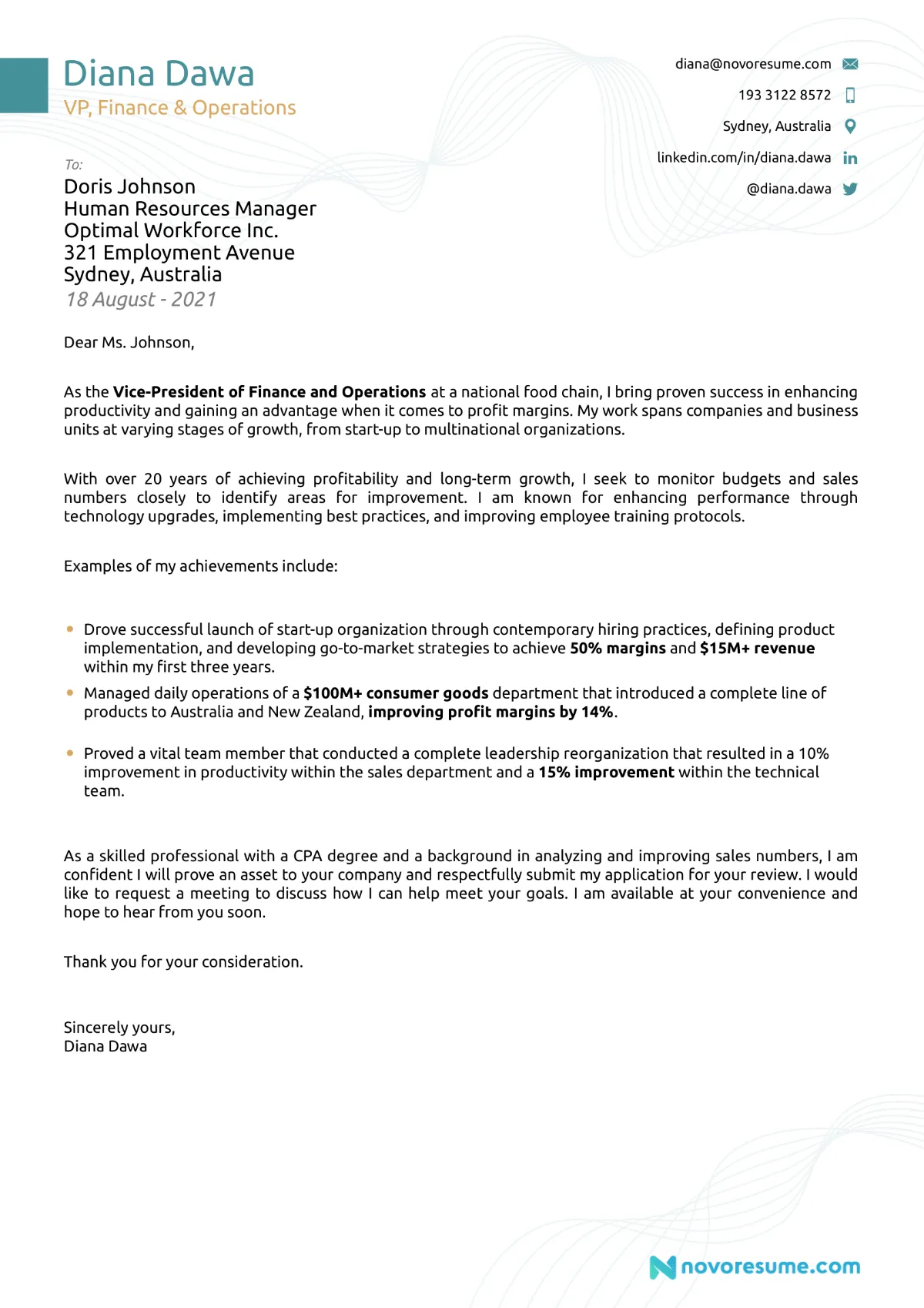
Your closing paragraph should summarize your interest in the position and reiterate your enthusiasm. Include a clear call to action, expressing your desire for an interview and how you look forward to discussing your qualifications further. Thank the hiring manager for their time and consideration. Keep this section brief and professional, avoiding overly casual or informal language. Proofread this section carefully to ensure you have a strong, confident closing statement that leaves a positive lasting impression. A well-crafted closing paragraph reinforces your professionalism and desire to advance in the hiring process.
Formatting and Aesthetics Keep it Concise
Formatting plays a crucial role in the readability of your cover letter. Use a professional font, such as Times New Roman, Arial, or Calibri, and ensure the font size is between 10 and 12 points. Maintain consistent margins (typically 1 inch on all sides) and use single or 1.15 line spacing to make the text easy to read. Break up your content into short, clear paragraphs with clear headings and subheadings. Use bullet points to highlight key achievements or skills. A clean, well-formatted cover letter demonstrates your attention to detail and organizational skills. Ensure that the document is free from grammatical errors and typos to maintain professionalism.
Common Cover Letter Length Mistakes
Writing a Cover Letter That’s Too Long
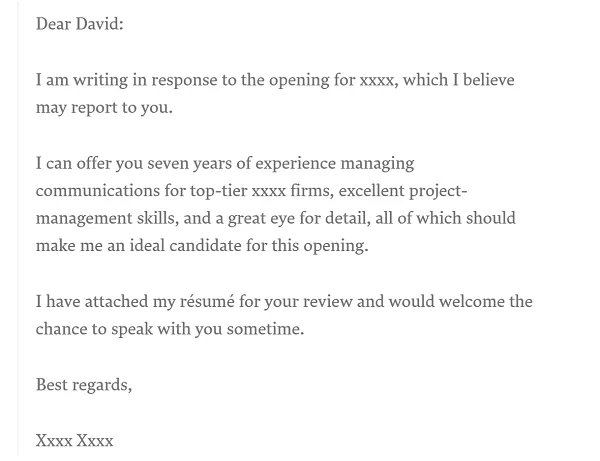
One of the most common mistakes is writing a cover letter that is too long. As a rule, a cover letter should not exceed one page. A lengthy cover letter can lose the reader’s attention, leading to a missed opportunity to make a strong first impression. Avoid including unnecessary details or repeating information already found in your resume. Focus on the most relevant experiences and achievements, and keep your language concise and to the point. Prioritize the key elements that make you a strong candidate for the job. Be mindful of the hiring manager’s time and make every word count to maximize your chances of a positive response.
Writing a Cover Letter That’s Too Short
Conversely, a cover letter that is too short can also be detrimental. A brief cover letter may not provide enough information to showcase your qualifications and interest in the position. While brevity is essential, ensure you provide sufficient detail to demonstrate your key skills, relevant experiences, and a clear understanding of the job requirements. Avoid being overly general; instead, tailor your letter to highlight specific accomplishments and demonstrate how your skills align with the company’s needs. Provide enough context to make your application stand out, but ensure your letter is still concise and easy to read. The key is to strike a balance between providing essential information and keeping it focused.
Best Practices for Cover Letter Length
Tailoring Your Cover Letter to the Job
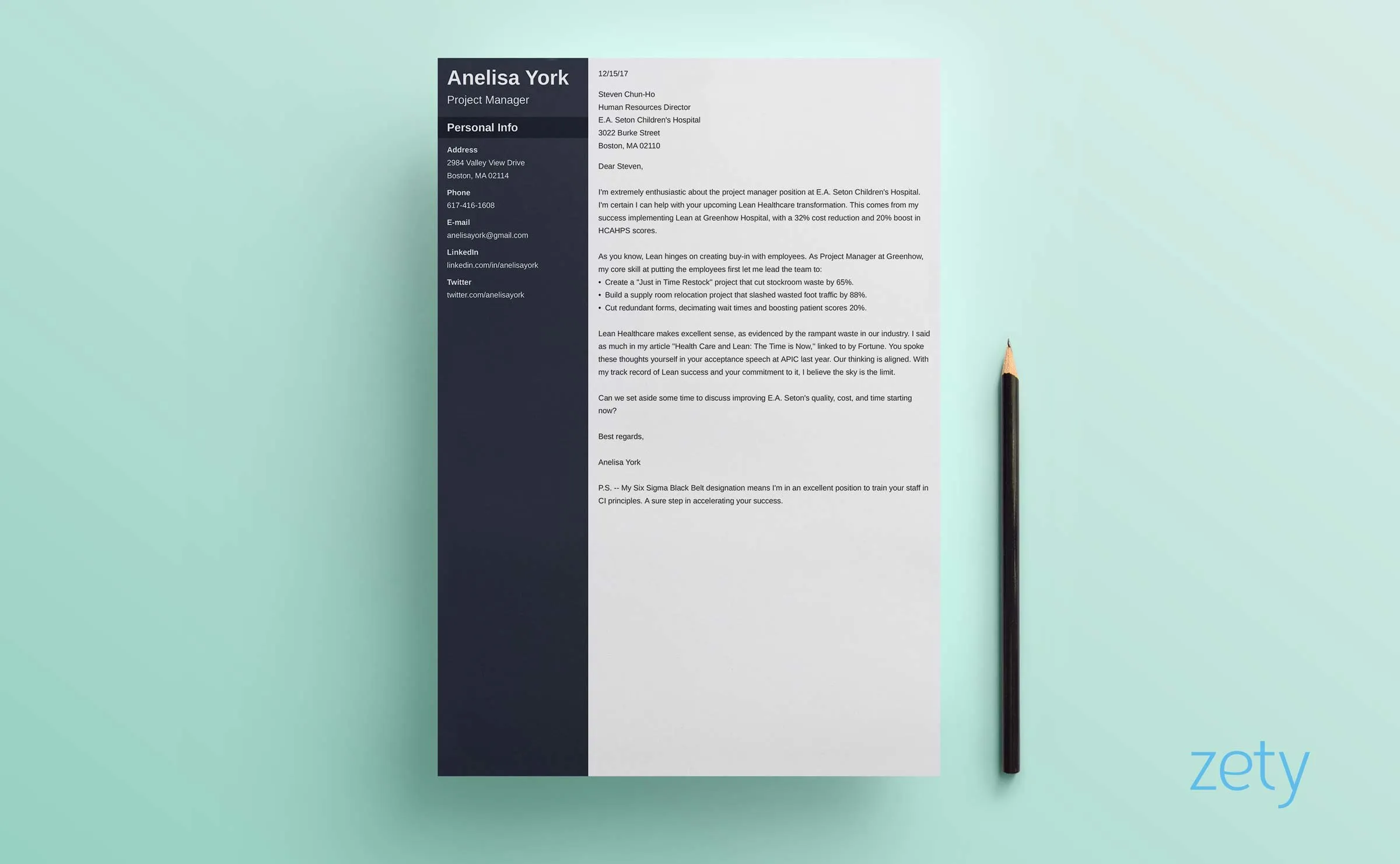
Customizing your cover letter to the specific job is vital for ensuring its effectiveness. Always carefully review the job description and identify the key skills, experiences, and qualifications the employer is seeking. Tailor your cover letter to address these requirements, highlighting your relevant accomplishments and how your skills match their needs. Avoid using generic cover letters; instead, demonstrate that you have thoroughly researched the company and understand the role. Personalize your letter to show that you are genuinely interested in the specific opportunity. By tailoring your cover letter, you increase your chances of making a strong impression and demonstrating your suitability for the role.
Proofreading and Editing for Brevity
Proofreading and editing your cover letter is crucial for ensuring it is concise, error-free, and impactful. Review your letter carefully for any grammatical errors, typos, or inconsistencies. Ensure that your language is clear and that your points are well-organized. Eliminate any unnecessary words or phrases that might make your letter too long. Read your cover letter aloud to identify any awkward phrasing or areas where you can improve clarity. Consider asking a friend or career counselor to review your letter and provide feedback. A well-proofread and edited cover letter reflects your attention to detail and professionalism. This step is crucial to making a positive impression.
In conclusion, the ideal cover letter length is one page, typically between 250 and 400 words. By keeping your letter concise, focusing on relevant information, and tailoring it to the job, you can create a compelling document that increases your chances of landing an interview. Remember to proofread carefully and to make sure your cover letter reflects your qualifications and enthusiasm for the role. By following these guidelines, you’ll be well-prepared to make a strong first impression and advance in your job search. Good luck with your applications!
